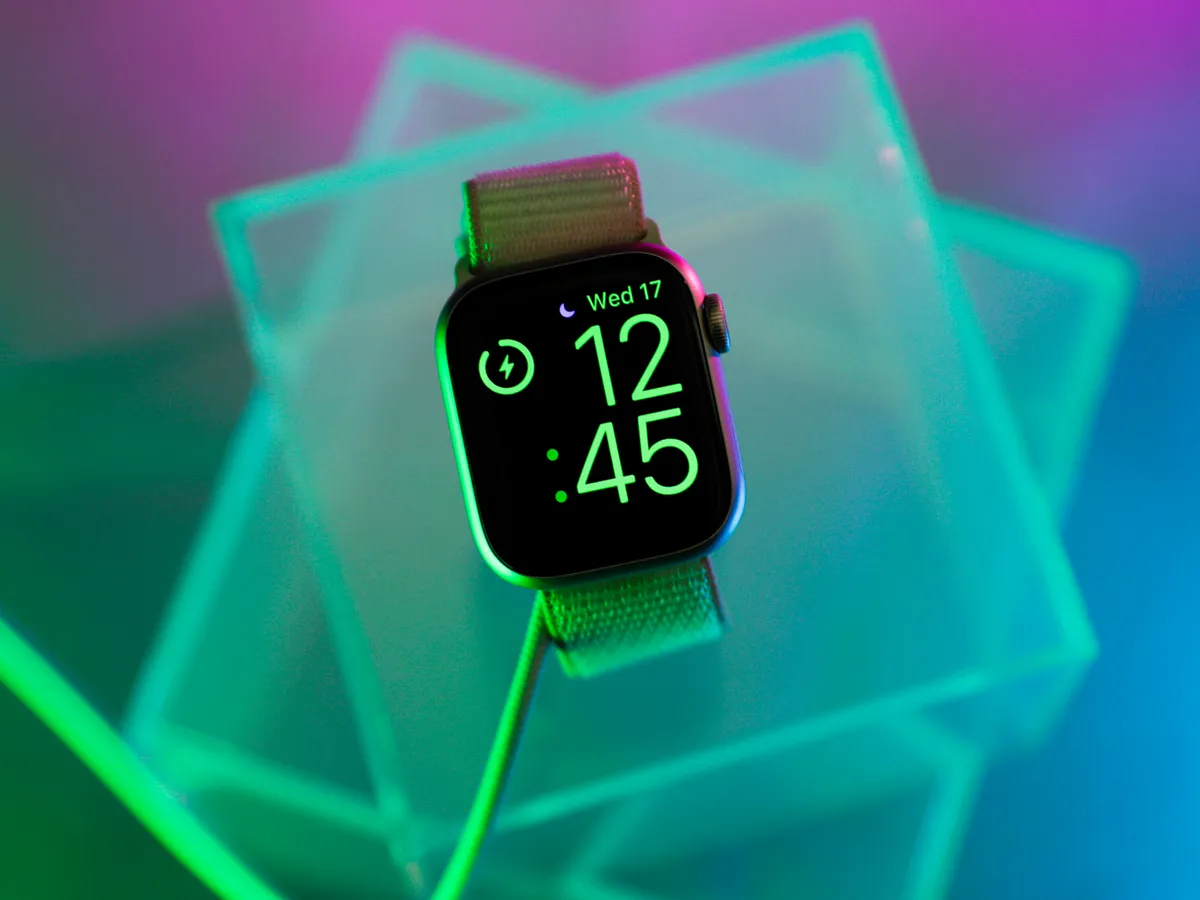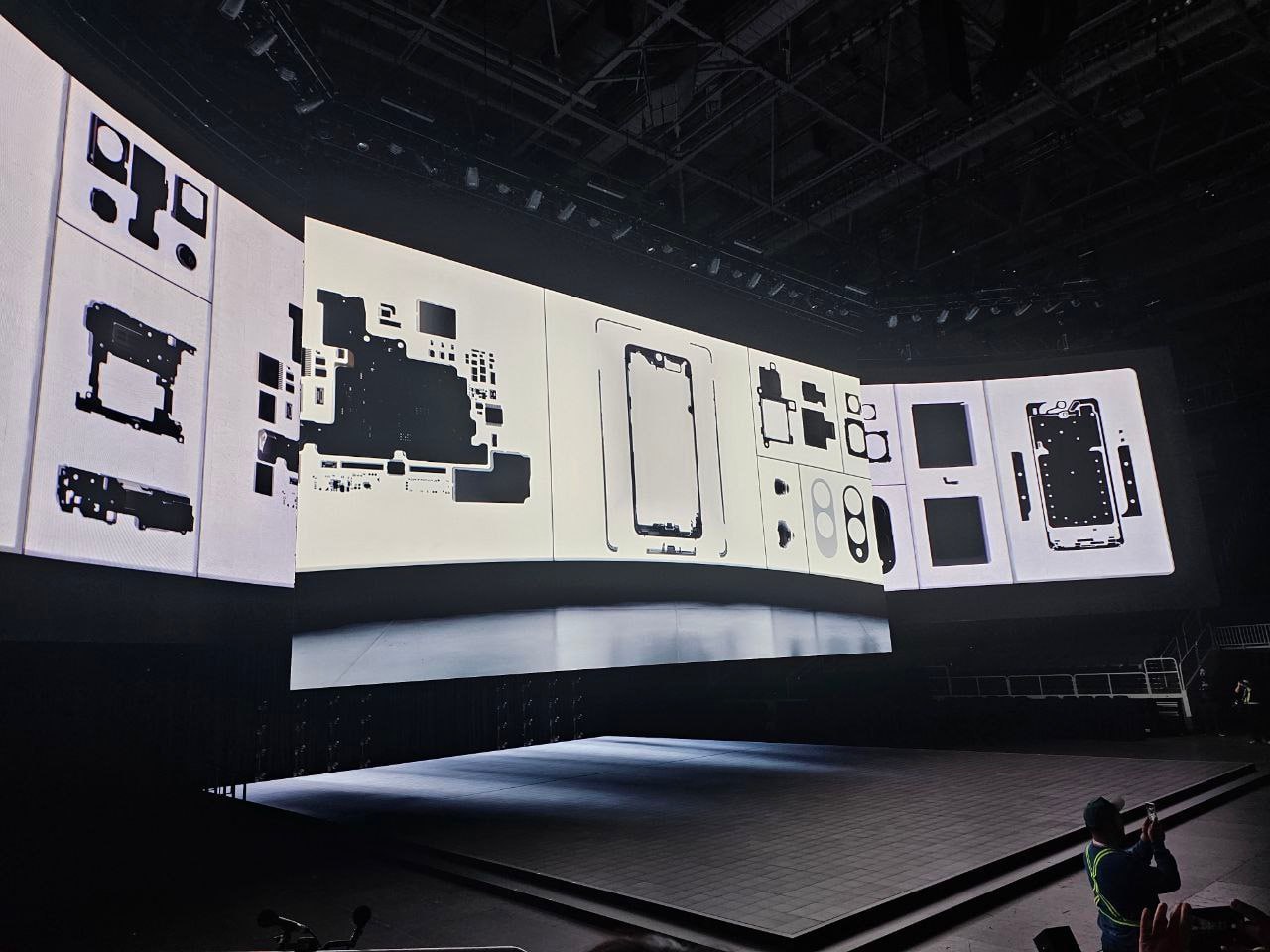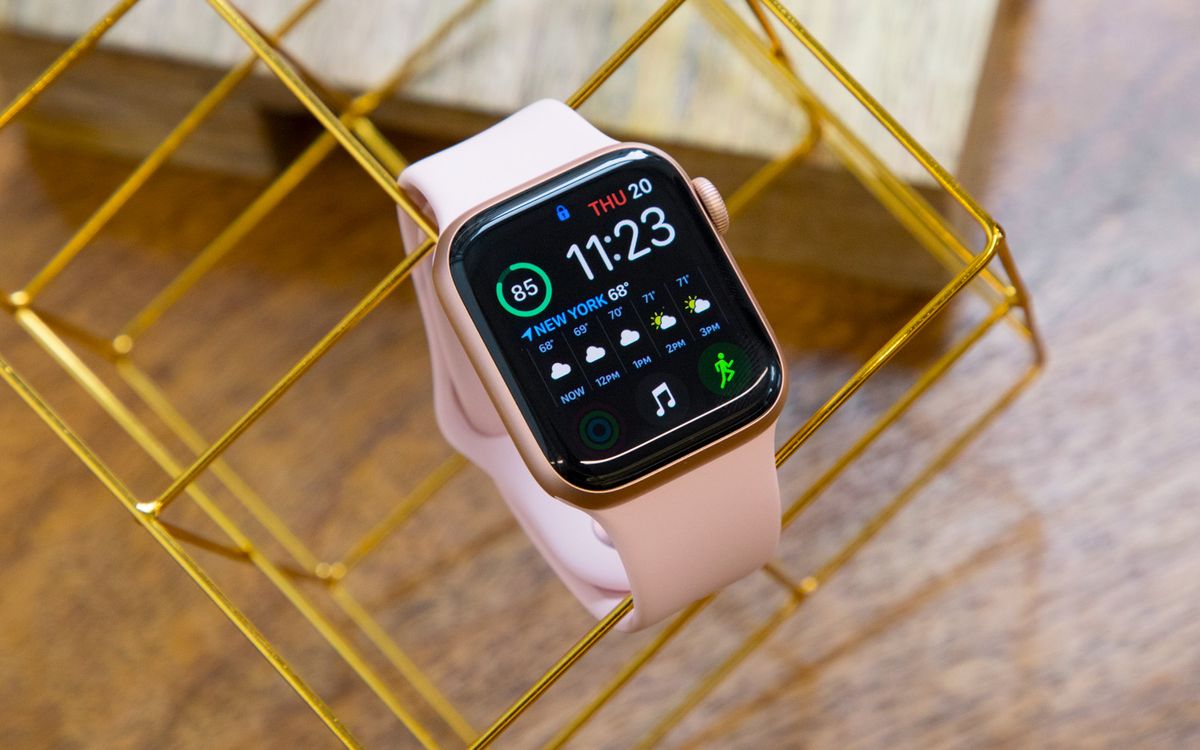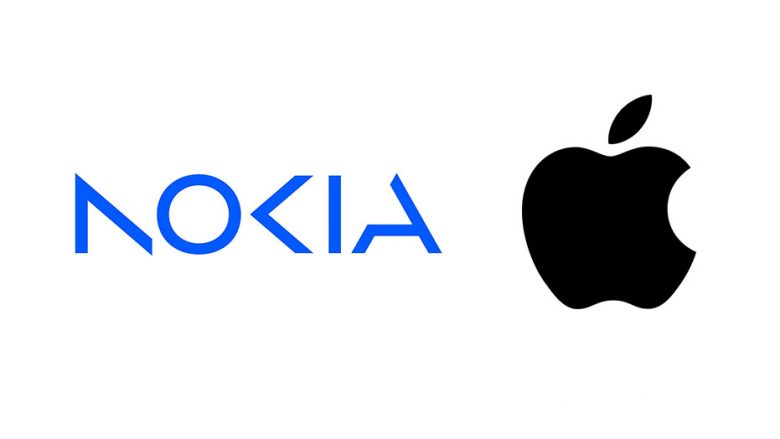Apple has reassured consumers that its Apple Watch bands are “safe to wear,” following a lawsuit claiming some bands contain harmful “forever chemicals,” known as PFAS.
Apple’s Statement:
Apple Watch bands are completely safe for everyone to wear. We conduct our own tests and also involve independent labs to check our materials thoroughly, including those used in our watch bands.
Apple also mentioned that they go beyond what the law requires to ensure their products and manufacturing processes are free from dangerous chemicals.
Phasing Out PFAS:
Despite confirming the safety of current bands, Apple is actively working to eliminate PFAS from all its products. In a statement from November 2022, Apple outlined their plan:
We began by looking at the most common PFAS used in our products – fluoropolymers. Although our tests show these are safe for users, we’re expanding our efforts to include all manufacturing stages. We aim to eliminate all PFAS, understanding it’s a complex process that needs careful consideration to find effective, safe alternatives.
This transition will take time as we catalog PFAS use, develop new materials that perform just as well, and ensure these alternatives are not harmful themselves.
The Lawsuit:
The lawsuit references a study which found high levels of PFAS in some smartwatch bands, suggesting these chemicals could be absorbed through the skin leading to health issues. This study included brands like Apple, Nike, Fitbit, and Google, though it didn’t name specific bands.
When asked about which specific Apple Watch bands might contain PFAS, Apple did not provide an immediate response. The lawsuit aims to include anyone in the U.S. who bought a Sport Band, Nike Sport Band, or Ocean Band for an Apple Watch.
The case awaits a judicial decision on whether it can proceed as a class action.







